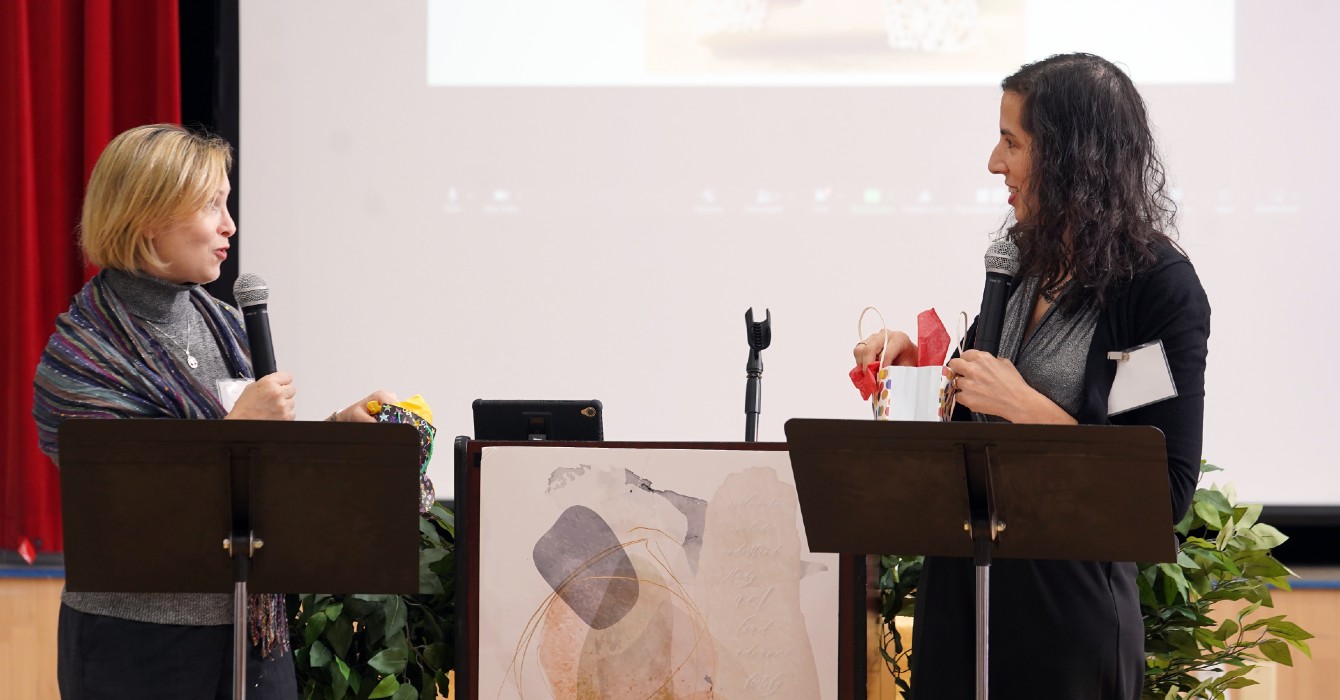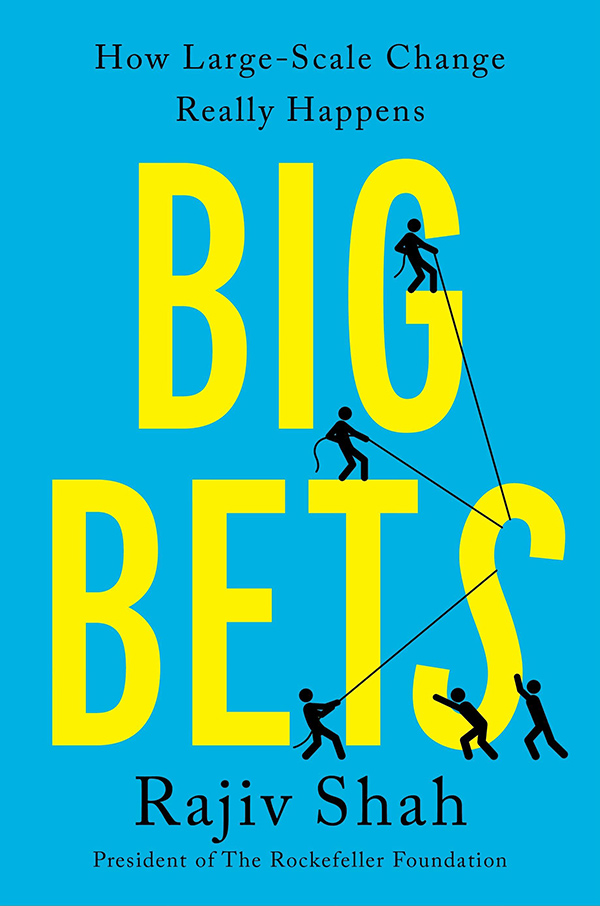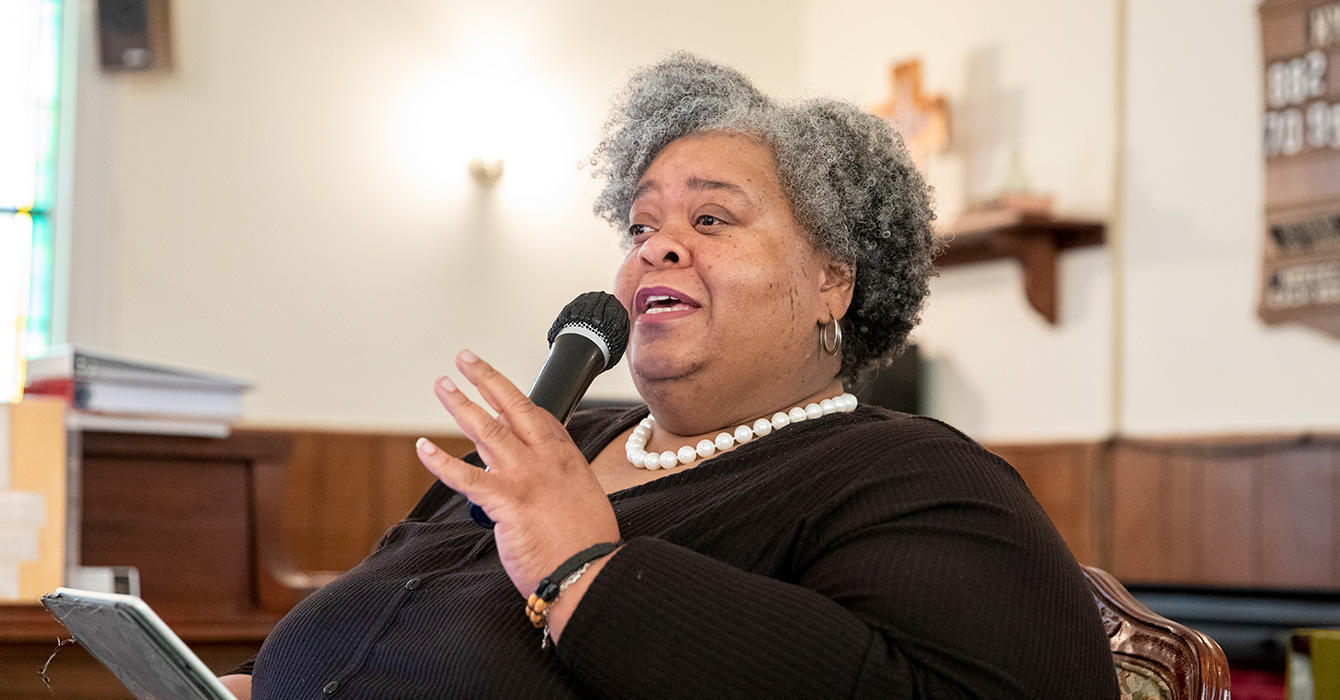According to Clayton Christensen’s theory of “disruptive innovation,” the economic model of the affected industry is disrupted. The iPod and iTunes disrupted the business model for record stores. Southwest Airlines disrupted the legacy carriers’ hub-and-spoke systems.
When James Carville coined the phrase “The economy, stupid” and posted it in Bill Clinton’s Little Rock campaign headquarters during the 1992 presidential campaign, the purpose was to focus the campaign staff on a core issue of the campaign. Such a sign would help everyone who is considering a disruptive innovation.
In congregations, education and health care, many Christian leaders know that the economic models that have supported our ministries for the last generation are losing power. We are searching to understand, create and support new virtuous cycles that might lead to the next generation of sustainability. Disruptive innovations in Christensen’s model are not just great ideas, they create new economic models.
During my lifetime, congregations have donated to important causes. In the 1950s and 1960s, those causes were either local ecumenical organizations created by leading churches or mission or ministries owned by the congregation’s denomination. In more recent years, the list likely reflects the personal commitments of ministers or lay leaders along with legacy agencies that have been in the budget for decades.
The shifts in which causes are important reflect a wider cultural trend. Donors often prefer to give directly to causes and shy away from giving money to a “middle man,” such as the United Way, that determines the worthiness of the organization.
Another factor is the difficult financial condition that some congregations are experiencing. According to the research firm empty tomb, inc., congregations have experienced a reduction in giving that started in 2008 and continued in 2009 and 2011. As a result some congregations have been struggling to meet obligations for staff salaries and building costs. One of the first places to reduce expenses is to the worthy causes outside the congregation’s ministries. Empty tomb reports that since 1968 both evangelical and mainline congregations posted a 53 percent decline in giving as a percent of income to charities.
United Way-style giving is less popular, and congregations are not able to provide reliable channels for such giving through their budgets. Thus the idea of congregations as donors is in trouble. What might be an alternative?
The work of Family Promise (originally the Interfaith Hospitality Network) might provide clues. The network serves homeless families and provides an array of services to assist families in creating the economic stability necessary to live in a home. While in the program, families stay for one week at a time in the educational building of a congregation. Those congregations provide hosts for meals and family activities each evening. The network owns the beds and volunteers move them from church to church each week. The network maintains a day-house with laundry facilities and other services.
Congregations and individuals donate funds, but also use of facilities, food and time. Host congregations house the families once a quarter. In this model the congregation is not really a donor as much as it is a partner. Family Promise could not do its job without the host congregations or a dramatic infusion of cash.
Perhaps new economic models will emerge as congregations join forces with others to address injustice. Such partnerships disrupt the mindset that only professionals can help and the assumptions about how congregations utilize their buildings. They might create conditions for friendship in the place of a handout.
What clues do you have about the disruptive innovations that might lead to new economic models?













